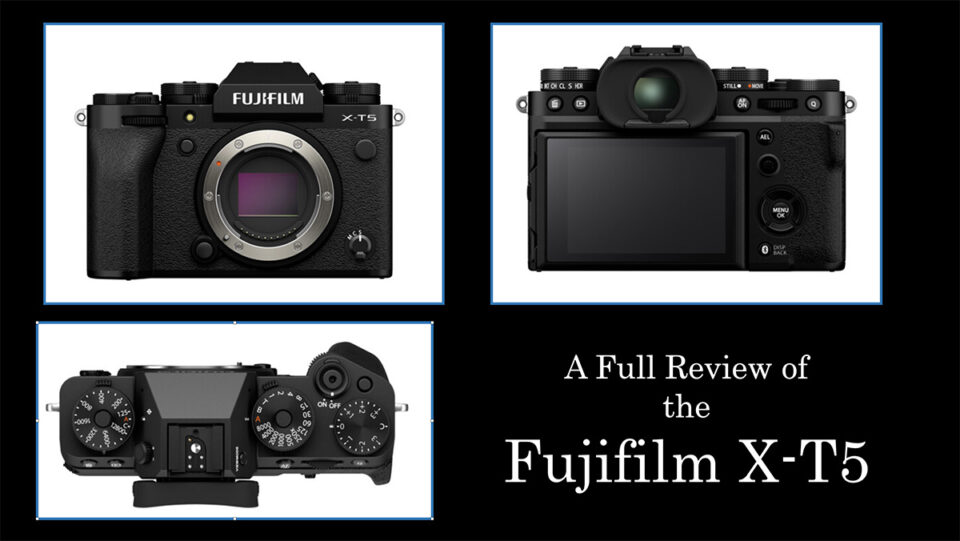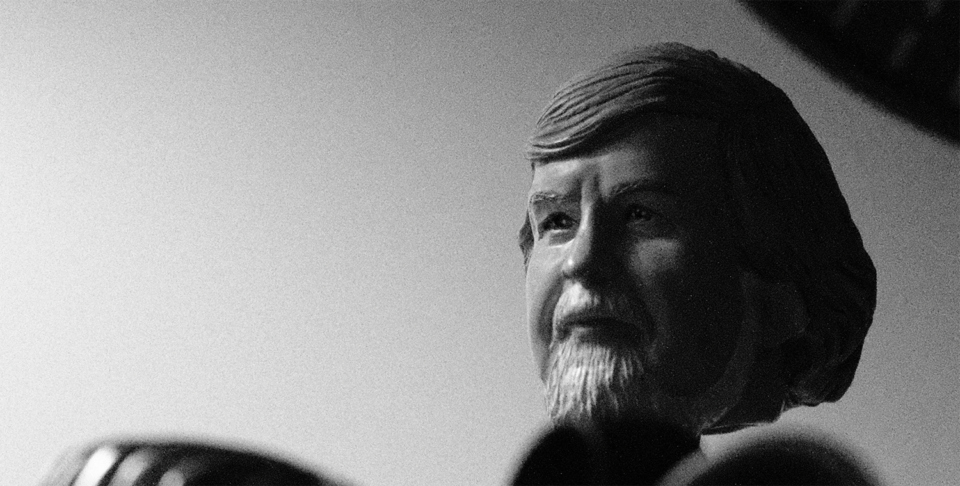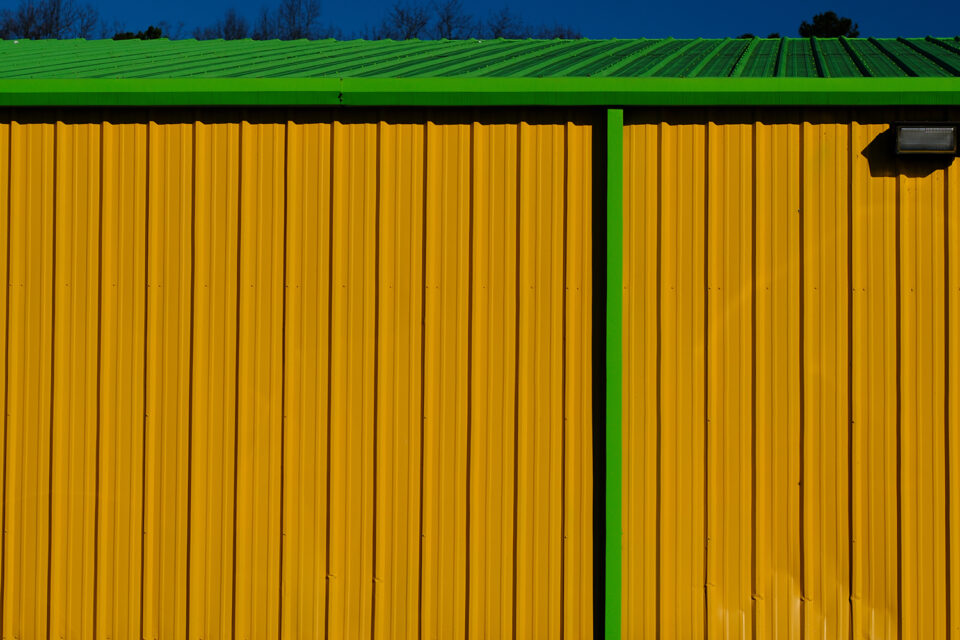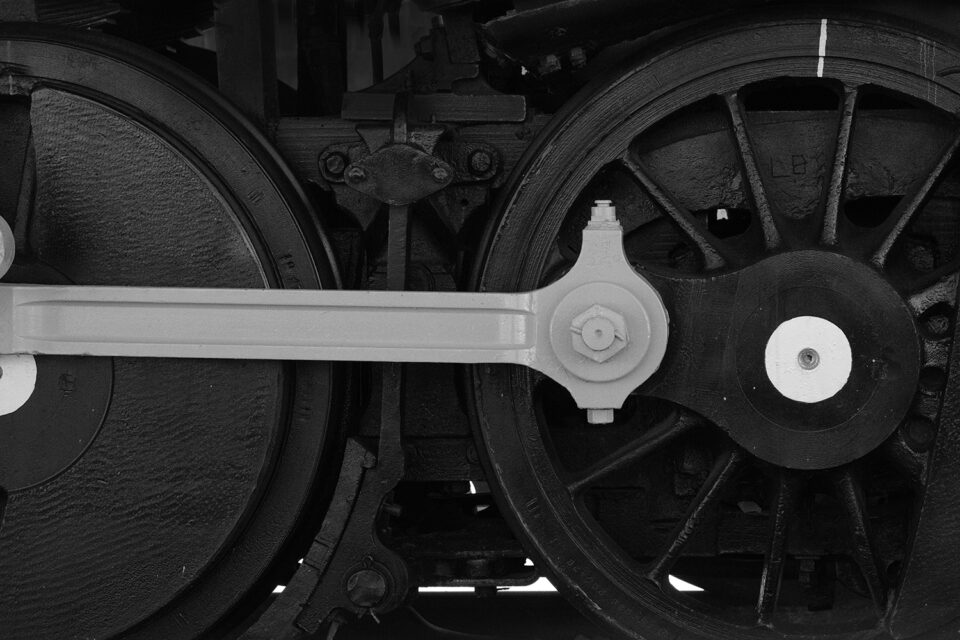Daily Archives: November 19, 2022

I just received my Fujifilm X-T5. and the question is; if you are shooting any of the other X-T versions the 1, 2, 3 or 4 should you upgrade? Let’s talk about it!
First, a little history of my using the Fujifilm System. I was introduced to the X-Pro 1 the year it was introduced (2012) by Nick Coury. While attending a photo show, he offered to let me try his out, and I accepted. I was working for Nikon as a NPS rep at the time and tried to go out and shoot it clandestinely! To be honest it was a little on the clunky side, (not ready for prime time yet, and I was not impressed the day I shot it, however that evening when I returned home and downloaded the images, I was stunned, I loved the files! The color and sharpness beat anything had experienced before! That is how I got started with the Fujifilm system, though I had bought their little X10 months before and really loved it, but it wasn’t going to replace my big Nikons, but this camera could!
Over the last 10 years I’ve bought and owned almost every model in the X Series line and 90% of all the lenses they’ve released. So I have a very good knowledge base on the evolution of the X Series! In addition to that I was made a X-Photographer way back near the beginning and that has further opened the door for me to be in communication with the company and it’s representatives, all the way up to the President of Fujifilm Japan!
If you want a rundown of specs or a repeat of Fujifilm’s marketing info you can find dozens of Youtube videos covering all of that, so instead, I will make this all about; do you need to trade up to this new camera and if you do, why!

First, will a new camera make your photography results better? Not necessarily, the image above was made with the original X-T1, (16 megapixels), and I have no issues with it! It’s the loose nut behind the viewfinder, (the photographer), that makes the difference! Does better tech make it easier to make great image, in many cases yes!
The X-T5 is lighter and smaller than the XT-4, very much like the original X-T1 that I first fell in love with. Fujifilm went back to the same style LCD panel from the X-T3 and for me, a still shooter, I love it! It is higher resolution too! The function buttons are larger and have a better click feel and I like that. The viewfinder is the same resolution as the X-T4 but with a faster refresh rate and better magnification, which is noticeable and nice. The shutter sound is quiet just like the X-T4, something I loved. The shutter release is also a near perfect touch as was the X-T4. I keep referring to the X-T4 which I had and just sold, so why did I not want to keep it? I hated the fold put LCD screen, I could never get used to it, not being a video person it served no purpose for me, except frustration. Other than that I loved the X-T4.
So the big question is: does the 40 megapixel sensor really provide noticeably better images? Before getting mine, my only experience was seeing some images made by a guest at our Smokies Fall workshop, he has a Fujifilm X-H2 with th same sensor. When his images went on the screen I knew I had to get the X-T5 when it came out, I was that impressed. I tested the X-T5 for resolution compared to previous sensors and for noise performance at high ISO settings, my two biggest concerns.
Let’s start with noise at High ISO:


The top image was shot with a X-H1 at ISO 400 the one on the bottom the X-T5 at ISO 400. I can’t see any difference.


This time the X-H1 is on top at 3200 ISO and the X-T5 on the bottom at ISO 3200 once again I think they are equal in noise, and both pretty clean!


This time I will let you guess! Yes the bottom shot on the X-T5 at 12,800 ISO is much noisier than the X-H1 on the bottom at 12,800 ISO. So my fear that at the highest ISO settings on the 40 mega pixel sensor will suffer with more noise, but it was not apparent until 6400 and only slightly there, but beyond that the X-T5 has more noise by comparison. You have to ask yourself how much you plan to shoot at the highest ISO setting.
How much resolution gain is there?

This Junk sign is tack sharp at full size. When blown up to a 4 foot X 6 foot size file it still looks pretty impressive below!

Two more at full image and 4 X 6 foot, impressive resolution.
O.K. So my final thoughts are these:
If you prefer the fold down style of LCD panel and have been longing for a smaller XT Series body with the latest tech, I would say go for it, I’m glad I did, however PLEASE READ this next part very carefully!
This camera has a 40 megapixel sensor so to get the best results and resolution from it you MUST:
- Tighten up your technique: practice squeezing off your shutter release, even better, use the self timer at 2 seconds with good support!
- Use a tripod, a good one and carefully! Remember technique!
- If you must shoot handheld shoot at a shutter speed twice the equiv. of your focal length Example If you are using a 23mm lens (35mm equiv.) shoot at a lowest speed for 1/60th of second. A 80mm lens (120mm equiv.) shoot at 1/250th of a second. Yes it has great Image stabilization, which will help, but only so much! Can you shoot it handheld with success? Yes, but it is harder than with a 26 megapixel camera!
- Be extra vigilant with focusing, make sure your camera and lens are giving you pin point accurate focus. When you can, use the peak focusing feature to assure accuracy.
- If you can, for absolute best results use the list of lenses recommended by Fujifilm:
- Fujinon XF 16mm f/2.8 R WR
- Fujinon XF 18mm f/1.4 R LM WR
- Fujinon XF 23mm f/1.4 R LM WR
- Fujinon XF 23mm f/2 R WR
- Fujinon XF27mmF2.8 R WR
- Fujinon XF 33mm f/1.4 R LM WR
- Fujinon XF 35mm f/2 R WR
- Fujinon XF 50mm f/1.0 R WR
- Fujinon XF 50mm f/2 R WR
- Fujinon XF 56mm f/1.2 R WR
- Fujinon XF 80mm f/2.8 R LM OIS Macro
- Fujinon XF 90mm f/2 R LM WR
- Fujinon XF 200mm f/2 R LM OIS WR
- Fujinon XF 8-16mm f/2.8 R LM WR
- Fujinon XF 16-55mm f/2.8 R LM WR
- Fujinon XF 18-120mm f/4 LM PZ WR
- Fujinon XF 50-140mm f/2.8 R LM OIS WR
- Fujinon XF 70-300mm f/4-5.6 R LM OIS WR
- Fujinon XF 100-400mm f/4.5-5.6 R LM OIS WR
- Fujinon XF 150-600mm f/5.6-8 R LM OIS WR
A key thing to keep in mind with these lenses is that it does NOT mean unlisted Fujifilm XF format glass won’t give a superior performance with the X-T5. Even lenses that can’t take full advantage of the whole 40.2MP will still out do the image resolution they could manage with previous Fujifilm 26MP APS-C sensor technology. However, they might only resolve 30, or ,32 or 35MP of the total 40 available.






This post has 8 comments. Click here to read them
This entry was posted on Saturday, November 19th, 2022 at 11:08 pm
You can follow any responses to this entry through the RSS 2.0 feed.


